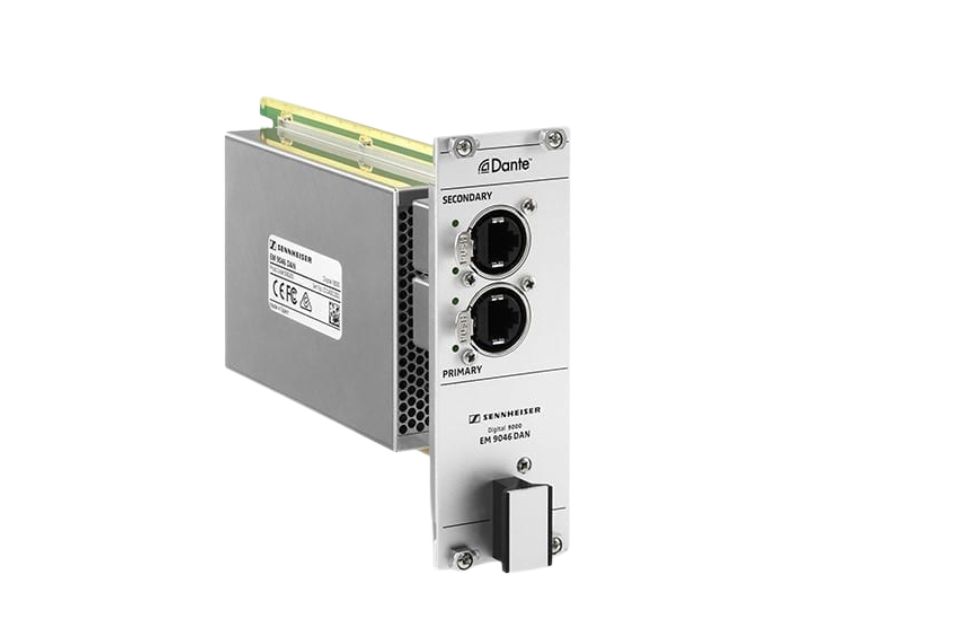Explore how Dante and AES67 differ, their interoperability, and how to choose the right protocol for your audio networking needs.
Introduction to Dante and AES67
Dante and AES67 are two of the most prominent protocols in the Audio over IP (AoIP) ecosystem. Both enable the transmission of high-resolution digital audio over standard Ethernet, but they differ in design philosophy, compatibility, and implementation.
Dante - A Complete Ecosystem by Audinate
Dante, developed by Audinate, is a proprietary AoIP protocol capable of carrying hundreds of 24-bit/48kHz channels with ultra-low latency. Its key advantages include plug-and-play setup, automatic device discovery, and robust synchronization via Dante Controller—making it a turnkey solution for professional environments.

AES67 - The Open Interoperability Standard
AES67, published by the Audio Engineering Society, is an open standard designed to ensure interoperability between different AoIP systems such as Dante, Ravenna, and Livewire+. It focuses on timing synchronization, audio transport, and network-level compatibility, enabling diverse devices to exchange audio seamlessly.
Key Differences
- Architecture: Dante is proprietary, AES67 is open-standard.
- Compatibility: Dante supports AES67 but not vice versa, as AES67 lacks Dante’s automatic discovery and routing features.
- Latency: Both offer sub-millisecond latency, though Dante typically achieves better stability in large networks.
- Use cases: Dante suits closed, unified ecosystems; AES67 excels in multi-protocol, cross-brand setups.
When to Choose Each
- Choose Dante for fast deployment, integrated device management, and mission-critical stability.
- Choose AES67 when interoperability and open-network architecture are top priorities.
Conclusion
Dante and AES67 complement rather than compete. Understanding their respective strengths helps engineers build scalable, reliable, and future-ready AoIP systems tailored to specific performance and compatibility needs.